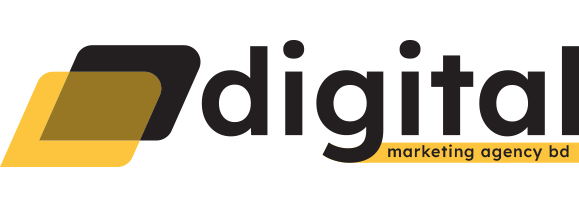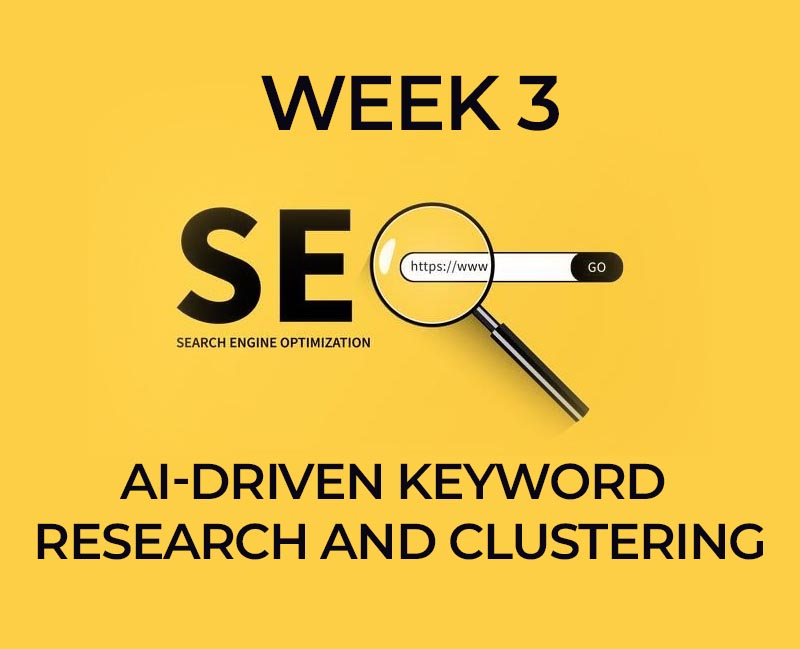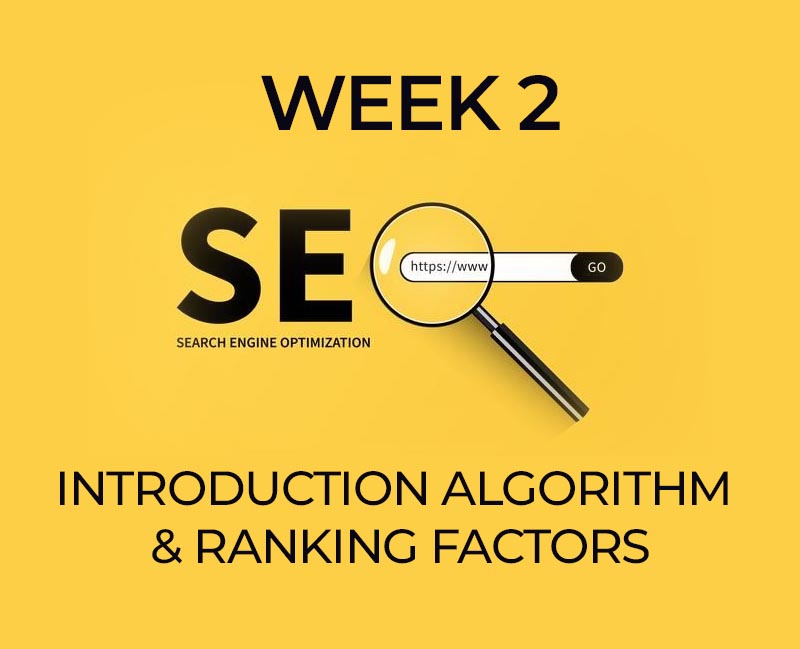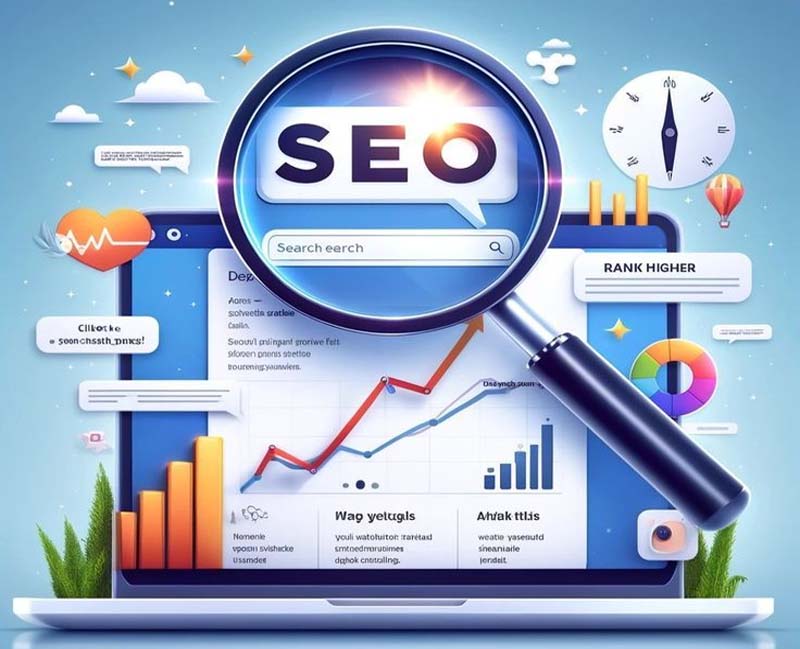- dmagencybd24@gmail.com
- 56-57, Sharif Mansion, 7th Floor, Motijheel, Dhaka- 1000
Week 1: SEO Essentials – A Complete Beginner’s Guide
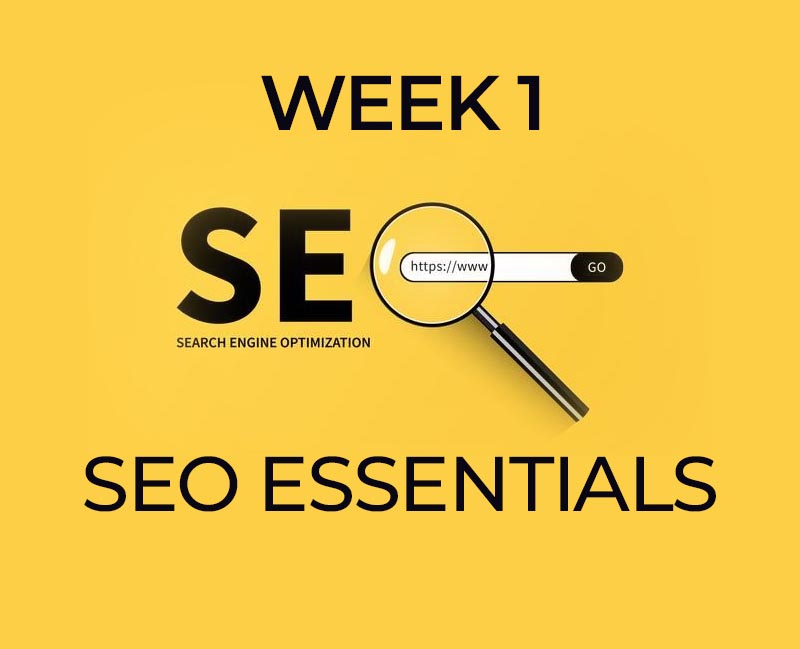
Welcome to Week 1 of the Generative AI Driven SEO Mentorship Program. Whether you're a business owner, marketer, or aspiring SEO expert, understanding the fundamentals of SEO is your first step toward long-term online success.
🌐 What is SEO & Why Do Websites Need It?
SEO (Search Engine Optimization) is the process of optimizing your website to increase its visibility in search engine results like Google, Bing, or Yahoo.
✅ Why is SEO Important?
-
Brings organic (free) traffic to your site
-
Increases brand visibility and awareness
-
Improves trust and authority
-
Helps convert visitors into leads or customers
-
Offers long-term growth without ad spend
⚙️ How Does a Search Engine Work?
To understand SEO, you must first understand how search engines operate. Here's the simplified process:
1. Crawling
Search engines use automated bots called spiders or crawlers to scan and discover web pages across the internet.
2. Indexing
Once pages are discovered, their content is stored and organized in a massive database called the index.
3. Processing & Rendering
Google reads your site’s HTML, CSS, and JavaScript to understand the structure and content. This is how it decides what your page is about.
4. Ranking
When someone searches, Google pulls results from its index and ranks them using complex algorithms based on hundreds of factors like relevance, authority, and user experience.
🧠 How Does Google Rank Websites in the SERP?
Google uses both on-page and off-page factors to rank a website. Key ranking signals include:
-
High-quality, relevant content
-
Mobile-friendliness
-
Page speed
-
Backlinks (links from other authoritative websites)
-
Good user experience (low bounce rate, time on site)
-
Proper keyword optimization
🕷️ What Are Crawlers and Spiders?
Spiders (also known as crawlers or bots) are programs that navigate through web pages by following links. They read the page content and metadata, then pass it back to the search engine for indexing.
📂 What is Indexing?
Indexing is the process where a search engine stores and organizes the information it collects during crawling. If your page isn’t indexed, it will never show up on Google. You can check your indexing status using Google Search Console.
🔄 The Evolution of Search Engines
Search engines have evolved from simple keyword matchers to intelligent systems using AI and machine learning to understand user intent.
In the early days, stuffing keywords could get you to the top. Today, Google understands the context behind searches, thanks to NLP (Natural Language Processing) and advanced algorithms.
🧠 Core Algorithm Updates vs Regular Updates
Google makes thousands of small updates each year, but some major changes significantly impact search results. These are called Core Algorithm Updates.
Key Algorithm Updates:
-
Panda (2011): Targeted thin or low-quality content
-
Penguin (2012): Penalized manipulative link building
-
Hummingbird (2013): Improved query understanding
-
RankBrain (2015): AI-based result interpretation
-
BERT (2019): Natural language understanding
-
Helpful Content Update (2022): Focus on people-first content
🧪 Common SEO Myths (Debunked)
-
“More keywords = better ranking” ❌
-
“Buying backlinks improves SEO” ❌
-
“Once you rank, you always rank” ❌
Truth: Google's algorithms prioritize helpful, high-quality content and ethical SEO practices.
⚖️ White Hat vs Black Hat vs Grey Hat SEO
| Type | Approach | Example |
|---|---|---|
| White Hat | Ethical & long-term | Quality content, natural backlinks |
| Black Hat | Unethical & risky | Keyword stuffing, paid/spammy links |
| Grey Hat | In between | PBNs, borderline automation |
📘 Key SEO Terms to Know
-
SERP: Search Engine Results Page
-
CTR: Click Through Rate
-
Bounce Rate: % of users who leave after viewing one page
-
DA/PA: Domain/Page Authority
-
On-Page SEO: Optimizing content, HTML, and site structure
-
Off-Page SEO: Building trust through external links
-
Technical SEO: Site speed, mobile-friendliness, crawlability, etc.
✅ Final Thoughts
Understanding how search engines work is foundational to everything you’ll learn in SEO. The key is to focus on helping users, following best practices, and keeping up with Google’s changes.
This Week 1 content lays the groundwork for all your future SEO efforts.
Stay tuned for Week 2, where we’ll dive into Keyword Research and Search Intent—the true backbone of any successful SEO campaign.

